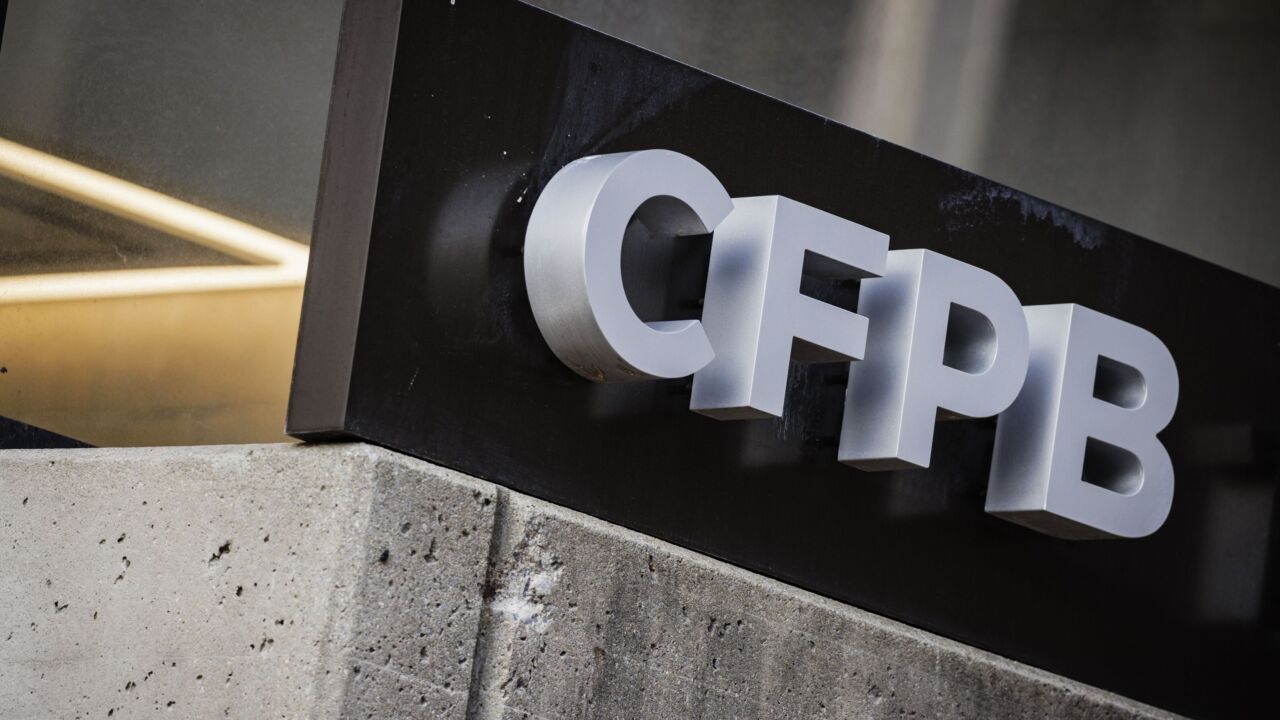As home prices have made record-breaking increases amid a dearth of available inventory, community bankers are starting to get nervous.
About 47% of executives at 473 small banks surveyed by IntraFi Network during the first half of July said they believe the current state of the housing market “poses a serious risk” to the U.S. economy. The results surprised Paul Weinstein, a senior advisor at IntraFi.
"I didn't think it was going to be that high,” he said.

Memories from the 2008 housing market collapse, which eventually took down more than 500 banks, could be behind the alarm, Weinstein said, especially for the smallest of firms. At banks with less than $1 billion of assets, 50.1% of the executives surveyed saw the housing market as a serious risk.
“The small community banks are much more concerned than the medium-sized community banks,” Weinstein said. “It could just be the fact that the last housing financial crisis was very traumatic and damaging for smaller banks, and they may be on a higher alert. The early warning system on this may just be at a higher sensitivity level."
National home prices increased 16.6% year over year in May, according to the S&P CoreLogic Case-Shiller index. It was the largest annual jump in the more than 30 years the figures have been published. Prices were also up 14.8% from the previous month.
The fear is that if prices correct as fast as they inflated, banks could be left with a rash of troubled loans taken out by homeowners at the top of the market.
Andy Schornack, CEO of the $332 million-asset Flagship Bank in Wayzata, Minnesota, said he has heard worries from other community bankers but has been trying to calm any apprehension.
Underwriting is “significantly more conservative” than in the run-up to the last crisis, and it’s difficult to finance housing development projects without a large amount of cash upfront, he said.
Schornack did acknowledge that price surges in certain markets could be a valid cause for concern. In Phoenix, where demand for houses has been driven by Californians who are relocating, home prices increased 25.9% year over year in May, according to the S&P CoreLogic Case-Shiller index.
“The more volatility and, in this case, larger increases makes the model riskier," Schornack said. "I just am in the camp that the prices will be supported from here moving forward in my market.”
There was also some concern about inflation among executives polled by IntraFi. About 40% of respondents said that inflation was a worry, and that price spikes in lumber and housing were indicative of broader inflation, even though most economists and Federal Reserve Chair Jerome Powell have said the increases will likely prove temporary as supply chains get back to normal.
Some 38% of small-bank executives surveyed said that the Fed either did not have the necessary tools or was too influenced by politics to handle signs of inflation appropriately.
There were some positive signs in the survey results. About 40% of community bank executives said they were seeing “moderate” increases in loan growth, and another 10% said they have seen a “significant” increase, according to IntraFi.
“That is obviously good news and a fairly strong response,” Weinstein said.
Roughly 54% of the respondents said that they believe demand for new loans will improve over the next 12 months. That finding was down from





